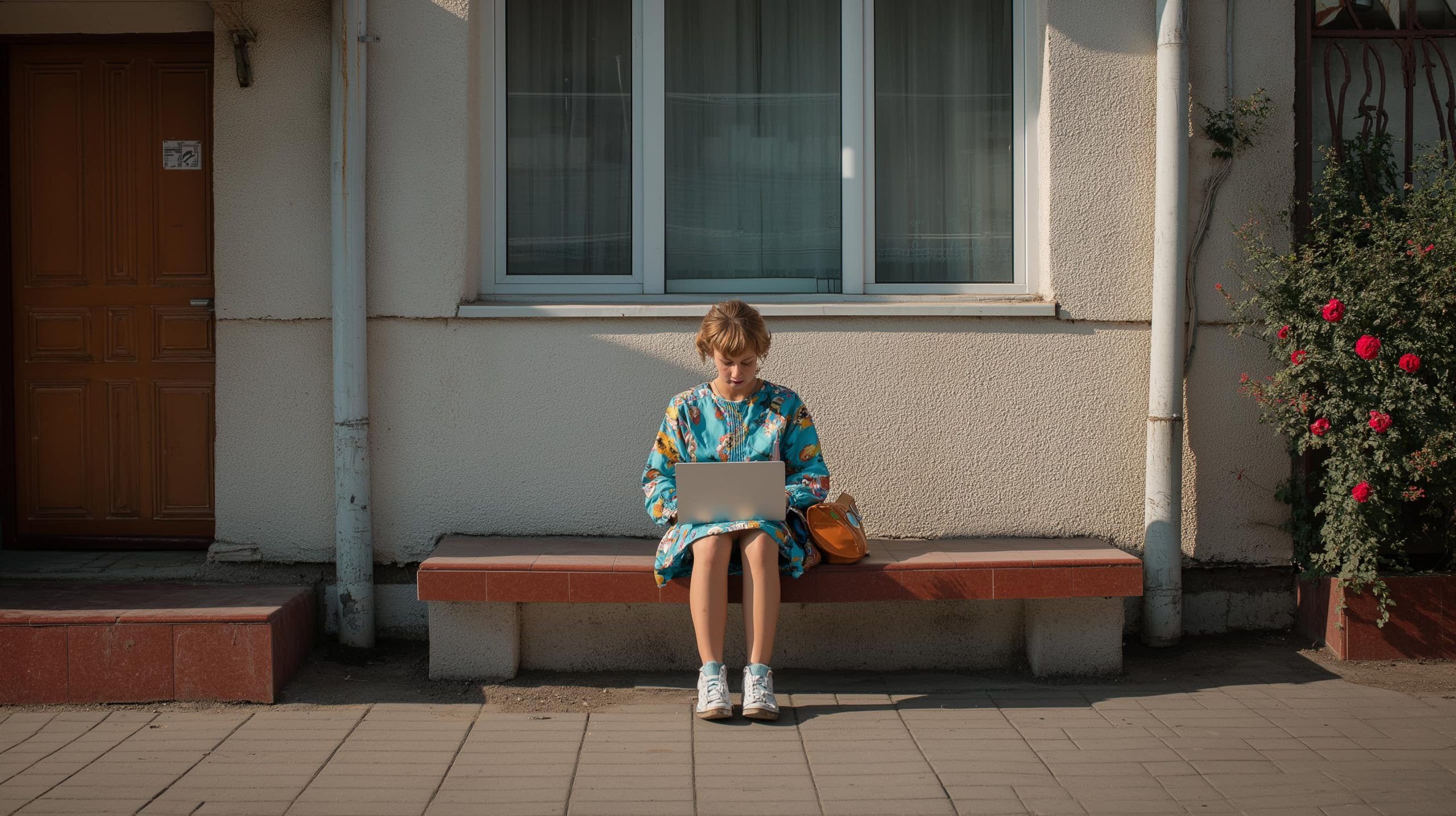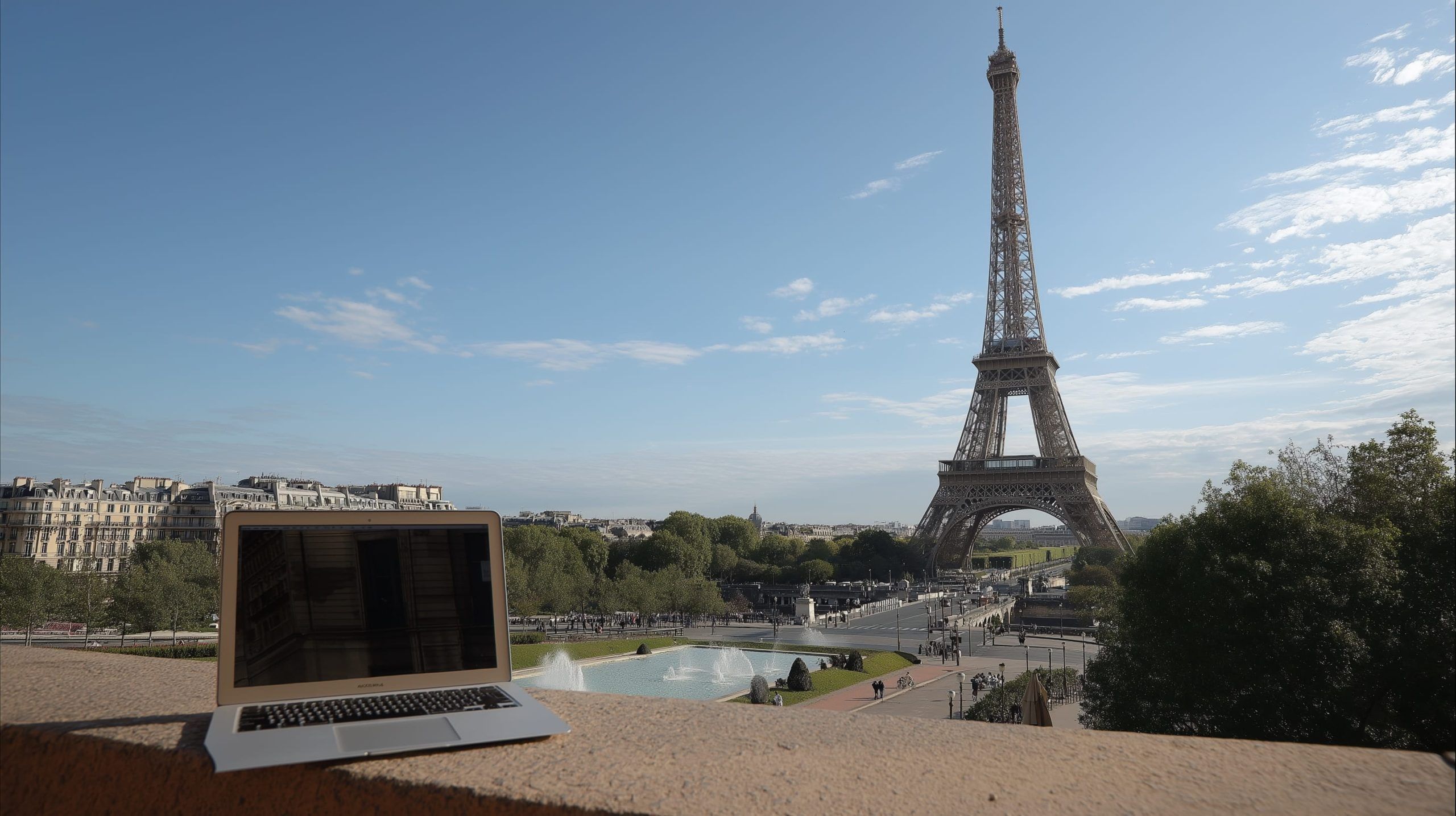
AT&T Stock (NYSE: T) Today: Price, News and 5G–Fiber Outlook – November 23, 2025
Snapshot: AT&T Stock on Sunday, November 23, 2025 U.S. markets are closed today (Sunday), so the latest tradable level for AT&T Inc. (NYSE: T) comes from Friday, November 21, 2025. Put simply, AT&T heads into the new week as a









